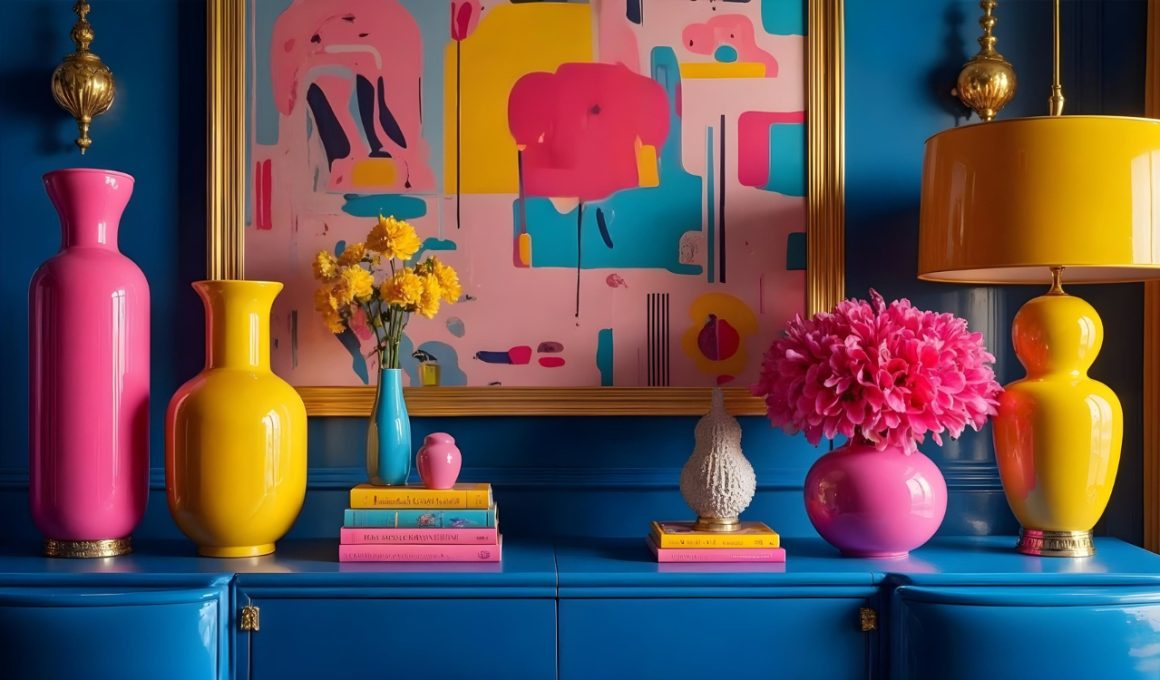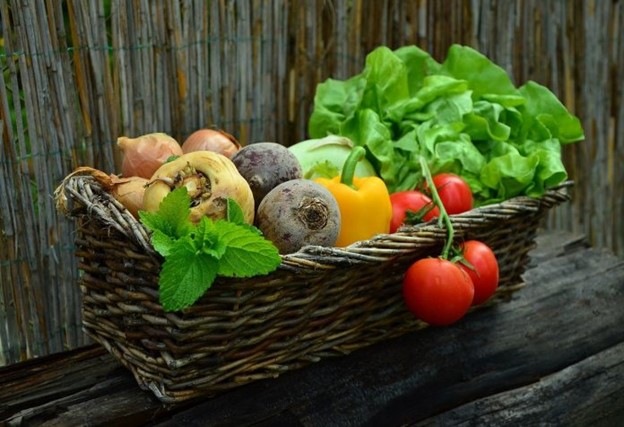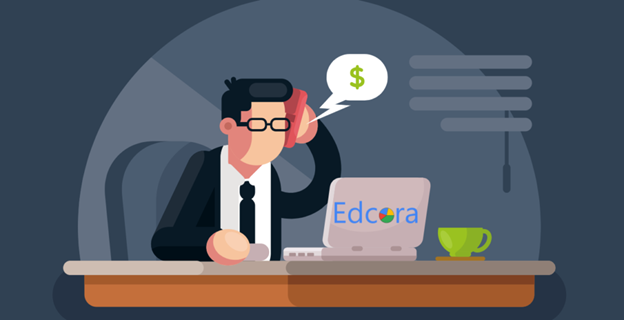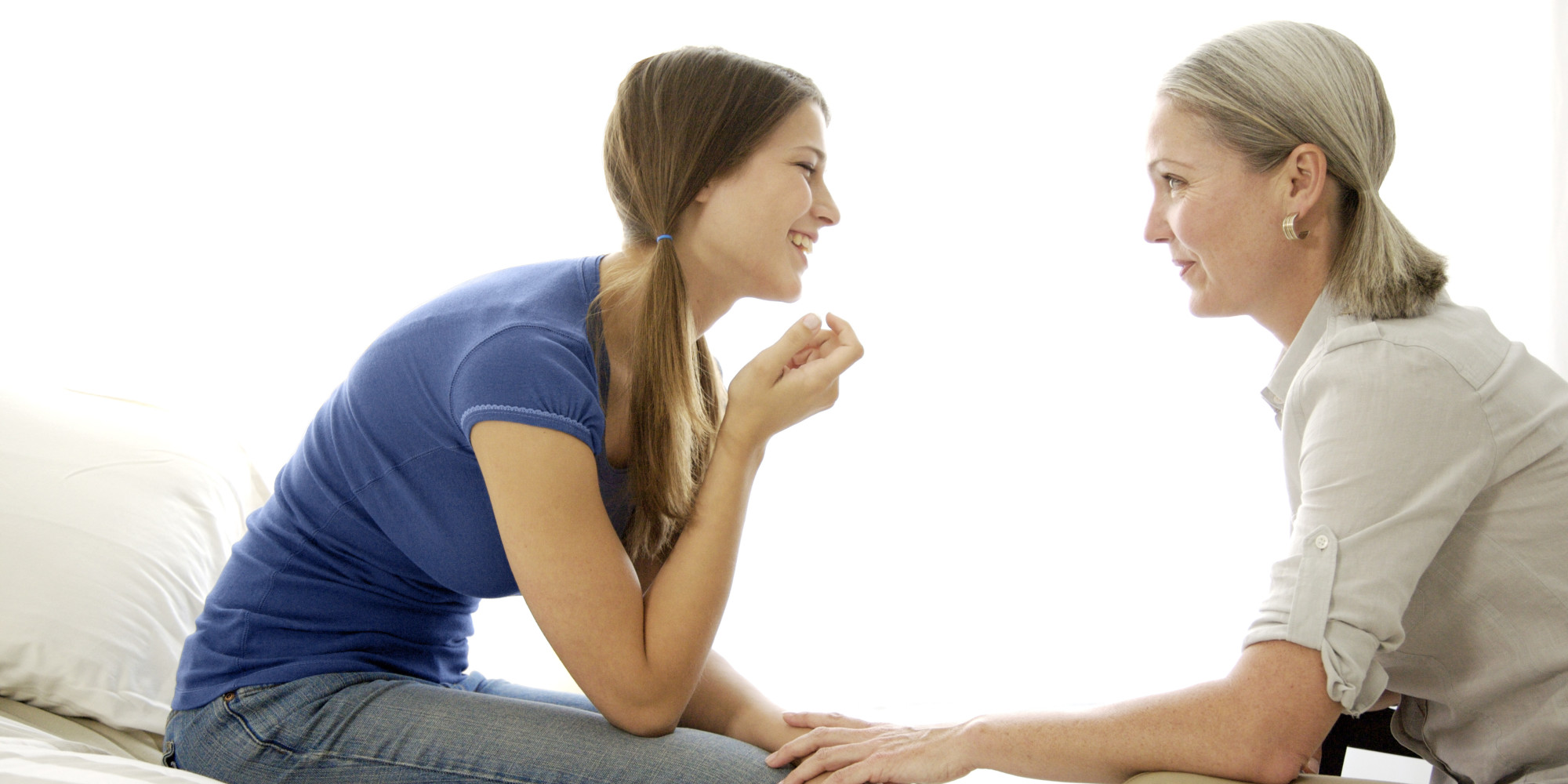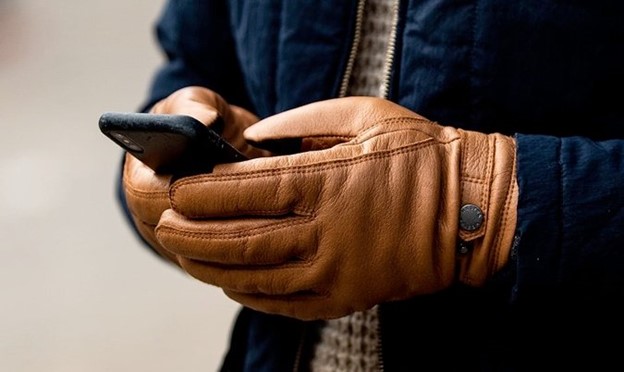A Year of Warmth, Expression, and Connection in Interior Design
The world of home decor is ever evolving, responding not only to shifts in aesthetic preferences but also to deeper changes in the way people live, work, and experience their environments. In 2025, the most compelling home decor trends are not about rigid design rules or fleeting visual fads.
Instead, they center around comfort, authenticity, sustainability, and emotional resonance.
Homes are increasingly seen as personal sanctuaries—spaces for restoration, connection, and creative expression—and the year’s trends reflect that mindset with elegance and warmth.
Organic Modernism and Soft Minimalism
One of the most noticeable trends gaining momentum is the evolution of modernism into something softer, more tactile, and more emotionally inviting. Where stark minimalism once dominated with its cold lines and sterile palettes, today’s version embraces curves, muted textures, and natural materials.
Wood in its raw or lightly treated forms is taking center stage, from bleached oak floors to walnut cabinetry. Curved furniture—think rounded sofas, oval coffee tables, and sculptural light fixtures—adds a sense of softness and movement. The overall effect is serene, but never sterile.
Colors in this realm lean into a palette of earthy neutrals: warm taupes, clay reds, sage greens, and creamy whites. These tones anchor the space while allowing layering through textiles and accessories. Texture plays an essential role—bouclé, linen, wool, and handwoven rugs contribute visual interest without the need for bold patterns or colors.
Vintage Revival and Storytelling Decor
This year, there’s a growing appetite for pieces that tell a story. Whether it’s an antique mirror with patina, a reclaimed wood console, or a vintage ceramic vase, more homeowners are looking to inject soul into their interiors by blending old with new.
This trend is not just about aesthetics—it’s about sustainability and meaning. People are increasingly drawn to objects that have stood the test of time or that carry visible traces of history. It’s about connection to the past, but also about resisting the disposable culture of fast furniture.
Layering vintage elements into a modern home creates contrast and depth. A sleek Scandinavian armchair can sit beautifully next to a distressed farm table. Hand-me-downs, thrifted treasures, or flea market finds are reimagined as statement pieces that make a home feel lived-in and uniquely personal.
Elevated Comfort and “Emotional” Design
Comfort is no longer a side note—it’s the core of the design philosophy in 2025. Beyond plush pillows and oversized throws, comfort now encompasses how a space makes you feel. The concept of “emotional design” is central to this year’s interiors: lighting that relaxes the mind, color schemes that evoke nostalgia or calm, and furniture that invites the body to unwind.
Lounge-like seating arrangements are becoming the norm, not the exception. Deep sofas, conversation pits, and modular seating that can be rearranged at will emphasize social interaction and physical relaxation. Bedrooms are styled to resemble boutique hotel suites, with layered bedding, blackout drapes, and reading nooks.
Soft lighting—achieved through dimmable sconces, floor lamps with warm bulbs, and strategically placed candles—transforms the atmosphere after sunset. The goal is not just to decorate, but to cocoon.
Nature-Inspired Interiors and Biophilic Design
As people seek greater harmony with the natural world, biophilic design principles are becoming mainstream. Biophilia—the innate human desire to connect with nature—is guiding more than just the inclusion of houseplants. It’s influencing architecture, color choices, materials, and spatial layouts.
In 2025, natural stone is making a powerful statement, especially travertine and marble with dramatic veining. Indoor gardens, green walls, and expansive windows that blur the boundary between indoors and out are growing in popularity.
Color palettes inspired by nature—moss green, ocean blue, terracotta, and sand—dominate paint and textile choices. Water features, organic patterns, and indoor-outdoor hybrid spaces (like sunrooms or glass-walled reading corners) reinforce the connection with the elements.
Bold Personalization and Curated Maximalism
Gone are the days of one-size-fits-all interiors. Home decor this year is leaning toward personalization and intentional maximalism. That doesn’t mean clutter or chaos—but rather a celebration of individuality through carefully chosen layers.
Gallery walls are evolving from matching frames to dynamic, eclectic collections. Books, art, mementos, travel souvenirs, and handcrafted decor are not just tolerated—they are displayed with pride. The mantra is clear: if it sparks joy or tells your story, it belongs in your space.
This maximalism is curated, though—not random. Every item should contribute to the larger narrative of the room. Pattern mixing is on-trend, especially in upholstery and soft furnishings. Think floral prints against geometrics, or stripes with block colors—anchored by a cohesive color palette that ties it all together.
Sustainable and Ethical Design
Perhaps one of the most important undercurrents of this year’s home decor landscape is the growing emphasis on sustainability and ethical sourcing. Consumers are becoming more conscious not only of how their furniture looks, but how it was made and where it comes from.
Eco-friendly materials like bamboo, cork, recycled metals, and reclaimed wood are increasingly present in everything from flooring to lighting fixtures. Upholstery made with organic cotton, wool, and dyes derived from plants is becoming a preferred choice.
Artisanship is prized—handmade objects, limited editions, and products crafted by local makers are valued more than mass-produced, anonymous alternatives. It’s not just about being green—it’s about creating homes with conscience and intention.
Textural Layering and the Rise of Cozy Aesthetics
Textural richness is another defining element of home decor in 2025. Rather than flat, polished surfaces, designers are layering textures to create a sense of depth and tactility. Walls with limewash or clay plaster finishes, brushed metal fixtures, and tactile ceramics bring sensory interest to every corner.
The cozy aesthetic continues to thrive. Inspired by Nordic hygge and the more colorful Japandi style, this trend prioritizes warmth, softness, and touchable surfaces. Chunky knit blankets, wool area rugs, velvet cushions, and oversized throws all contribute to an ambiance that feels both luxurious and welcoming.
For those looking to embrace this trend, one of the best approaches is to shop for unique cozy decor items that balance comfort with aesthetic harmony. These carefully chosen pieces act as the connective tissue of a home, making it feel intimate and alive.
Technological Integration with Discretion
While technology plays an ever-increasing role in modern life, in 2025 it is expected to recede into the background rather than stand out. Smart homes are becoming more refined—think voice-activated lighting, invisible speakers, and app-controlled blinds—but the devices themselves are seamlessly integrated into the decor.
The emphasis is on technology that enhances well-being: air purifiers that look like sculptural objects, circadian lighting systems that shift with the time of day, and smart thermostats hidden within stylish wall panels. The aesthetic remains organic and uncluttered, even as functionality improves.
Final Thoughts: A Year of Intentional Living
Ultimately, the best home decor trends this year all point toward one unifying goal: creating spaces that feel like you. Whether through soft textures, handcrafted pieces, or a carefully arranged bookshelf filled with meaning, your home is a reflection of your inner life. The trends are not about impressing visitors or adhering to Instagram ideals—they are about nurturing your daily experience, making every corner of your space feel comforting, expressive, and alive.
In embracing these movements—whether through a single vintage chair or an entire room reimagined—what matters most is authenticity. The future of home decor isn’t dictated by catalogs or influencers, but by personal connection, creative freedom, and the quiet joy of coming home to yourself.
